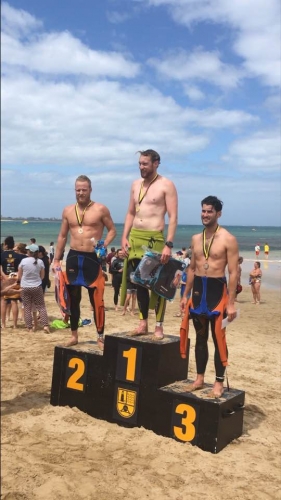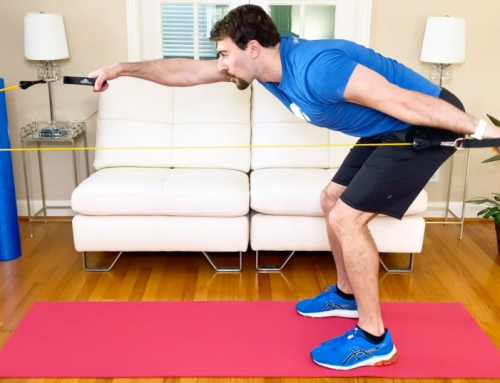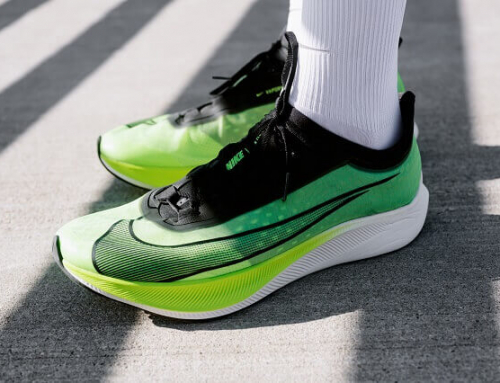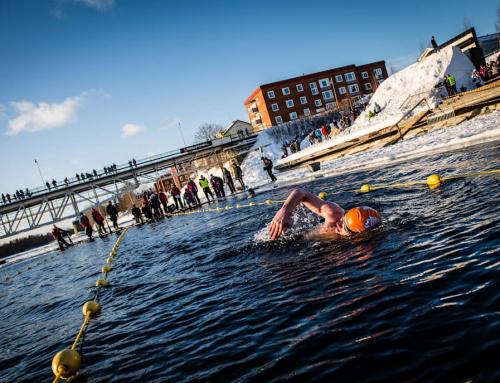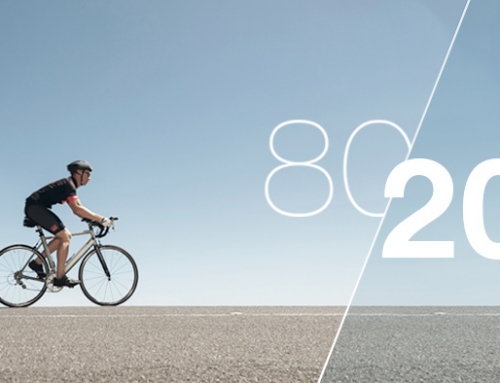Why Use Swimming Paddles
Swimming paddles are found in almost all triathlete swim kit bags. As with many different training aids, there are pros and cons of using swimming paddles in your sets. When using paddles you should also consider the different shapes and sizes and compare them to what you will be using them for. The majority of swim paddles focus on increasing the propulsive area of the hand therefore increasing efficiency, velocity (speed) and sometimes stroke length.
Pros
- Help achieve what might be a unsustainable pace or interval
- Increases strength/power
- Increase proprioception or “feel for the water”
- Increased propulsion (forward movement) resulting in improved body position (less drag forces)
- Increased stroke length
Cons
- May exacerbate shoulder injuries
- Highlight technique flaws reducing swimming efficiency further
- Research is unclear as to whether strength is transferred to non paddle swimming
- May reduce stroke rate
Considerations
- Large paddles (larger than your hand) increase propulsion but have a higher risk of injury and reduce stroke rate when compared to smaller paddles
- Smaller paddles (size of your hand or smaller) allow for a more “normal” or “non paddle” stroke technique
- If you don’t have hand paddles consider doing the closed fist hand drill or hold tennis balls
- For more advanced swimmers consider using paddles without a hand strap to emphasise correct hand positioning during pull phase
- If you are new to using paddles, start off by using them for no more than 15-25% of your swim set and slowly build up from there. Typically athletes will use paddles for no more than 40-50% of the swim set or just during one specific main set of the entire session


